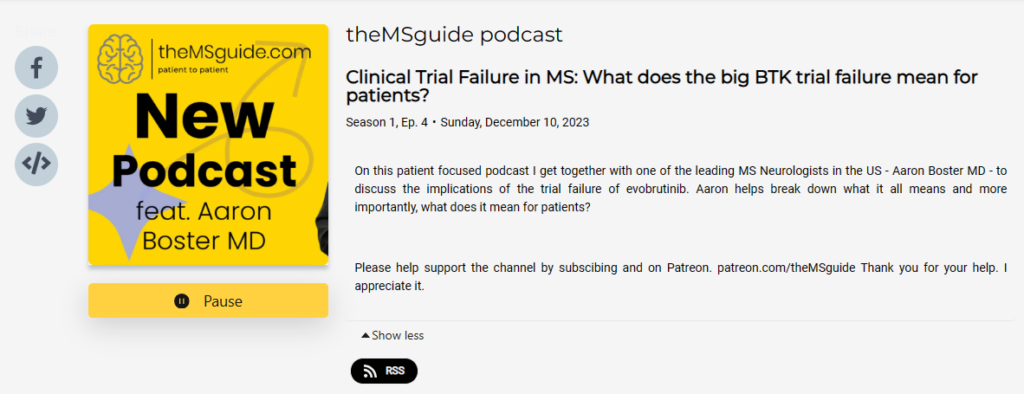FDA approves Takeda’s Immune Globulin Infusion, Hyqvia
16 January, 2024;
The U.S. Food and Drug Administration (FDA) has approved HYQVIA® [Immune Globulin Infusion 10% (Human) with Recombinant Human Hyaluronidase] for the treatment of chronic inflammatory demyelinating polyneuropathy (CIDP) as maintenance therapy to prevent the relapse of neuromuscular disability and impairment in adults. HYQVIA first received approval in the U.S. in 2014 for the treatment of primary immunodeficiency (PI) in adults, which has since been expanded to include children 2-16 years old.1
HYQVIA is the only FDA-approved combination of immunoglobulin (IG) and hyaluronidase, which makes it a facilitated subcutaneous immunoglobulin (SCIG) infusion. For adults with CIDP, HYQVIA can be infused up to once monthly (every two, three or four weeks) due to the hyaluronidase component, which facilitates the dispersion and absorption of large IG volumes in the subcutaneous space between the skin and the muscle. Because it is delivered subcutaneously, HYQVIA can be administered by a healthcare professional in a medical office, infusion centre or at a patient’s home. In addition, it can be self-administered after appropriate patient or caregiver training.1
“With the FDA approval of HYQVIA for CIDP, which builds on our expertise in rare neuroimmunological and neuromuscular disorders, we can now offer a personalised maintenance treatment option for adults with this debilitating disease,” said Giles Platford, President of Takeda’s Plasma-Derived Therapies Business Unit. “Research and clinical experience have shown that IG therapy is effective as maintenance treatment in adults with CIDP, and we hope that this approval for HYQVIA is the first of several around the world as we strive to deliver our broad and diverse IG portfolio to more people with complex neuroimmunological diseases.”
This approval is based on results from a randomised, double-blinded, placebo-controlled study (ADVANCE-CIDP 1) and a single-arm, open-label, extension study (ADVANCE-CIDP 3) that evaluated the efficacy and safety of HYQVIA as a maintenance therapy in adults with CIDP. The efficacy evaluation included 122 adults from ADVANCE-CIDP 1 with a confirmed diagnosis of CIDP and who had remained on a stable dosing regimen of intravenous immunoglobulin (IVIG) therapy for at least three months prior to screening. The analysis of the primary endpoint demonstrated a statistically significant difference between the relapse rates in the HYQVIA group (N=57, 14.0%) compared to the placebo group (N=65, 32.3%) (p=0.0314). The treatment difference of -18.3% (two-sided 95% CI: -32.1%, -3.1%) indicated that HYQVIA demonstrated superiority over placebo in preventing relapse of CIDP.1
The safety of HYQVIA in adults with CIDP was evaluated across ADVANCE-CIDP 1 (N=62) and ADVANCE-CIDP 3 (N=79). The most common adverse reactions observed in >5% of study subjects in clinical studies of HYQVIA for CIDP were local reactions, headache, pyrexia, nausea, fatigue, erythema, pruritus, increased lipase, abdominal pain, back pain, and pain in extremity.1
We hope that this approval for HYQVIA is the first of several around the world as we strive to deliver our broad and diverse IG portfolio to more people with complex neuroimmunological diseases.
Giles Platford, President of Takeda’s Plasma-Derived Therapies Business Unit
CIDP is a rare, acquired, immune-mediated neuromuscular disorder affecting the peripheral nervous system.2,3 It is typically characterised by progressive, symmetric symptoms such as weakness, tingling or loss of feeling in distal and proximal limbs, loss of reflexes and difficulty walking.3 Because its symptoms may overlap with other rare, neuromuscular conditions, CIDP is often misdiagnosed.4 The mechanism of action of IG in the treatment of CIDP in adults has not been fully elucidated but may include immunomodulatory effects.1 The role of IG therapy as maintenance treatment in CIDP has been well-established and is the guidelines-based standard of care for this complex and heterogeneous condition.5 However, there are aspects of IVIG treatment that can be challenging for patients such as long treatment duration associated with high IG volumes, potential for venous access challenges, and infusion setting limitations.5
“While it is considered the standard-of-care for maintenance treatment of adults with CIDP, IVIG infusions may be challenging for some patients and their caregivers,” said Lisa Butler, executive director, GBS-CIDP Foundation International. “We’re excited that this therapy could offer some adults with CIDP an alternative subcutaneous option that may address some of these challenges and help personalise treatment.”
HYQVIA is now available as a maintenance therapy for adult patients with CIDP in the U.S.
In December 2023, Takeda announced that the European Medicines Agency’s (EMA) Committee for Medicinal Products for Human Use (CHMP) has recommended the approval of HYQVIA as maintenance therapy in patients with CIDP after stabilisation with IVIG. The European Commission (EC) will consider the CHMP positive opinion when determining the potential marketing authorisation for HYQVIA for CIDP throughout the European Union.6
References
- HYQVIA® [Immune Globulin Infusion 10% (Human) with Recombinant Human Hyaluronidase] U.S. Prescribing Information.
- GBS CIDP Foundation International. Voice of the Patient Report. August 26, 2022. http://www.gbs-cidp.org. Accessed August 2022.
- Dalakas MC. Nat Rev Neurol. 2011;7(9):507–17.
- Broers MC, Bunschoten C, Nieboer D, Lingsma HF, Jacobs BC. Eur J Neurol. 2021;28(6):2065–2073.
- Van den Bergh P, Van Doorn PA, Hadden RD, et al. Eur J Neurol. 2021;28(11):3556–3583.
- European Medicines Agency. HyQvia 100 mg/mL solution for infusion for subcutaneous use Summary of Product Characteristics. Available at https://www.ema.europa.eu/en/documents/product-information/hyqvia-epar-product-information_en.pdf

